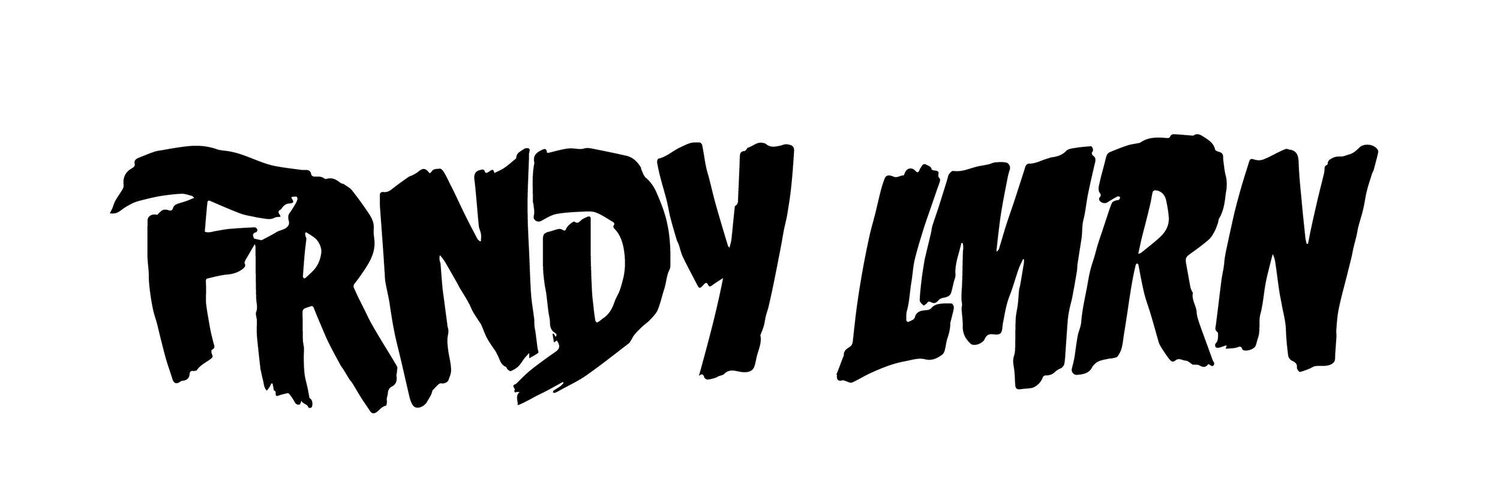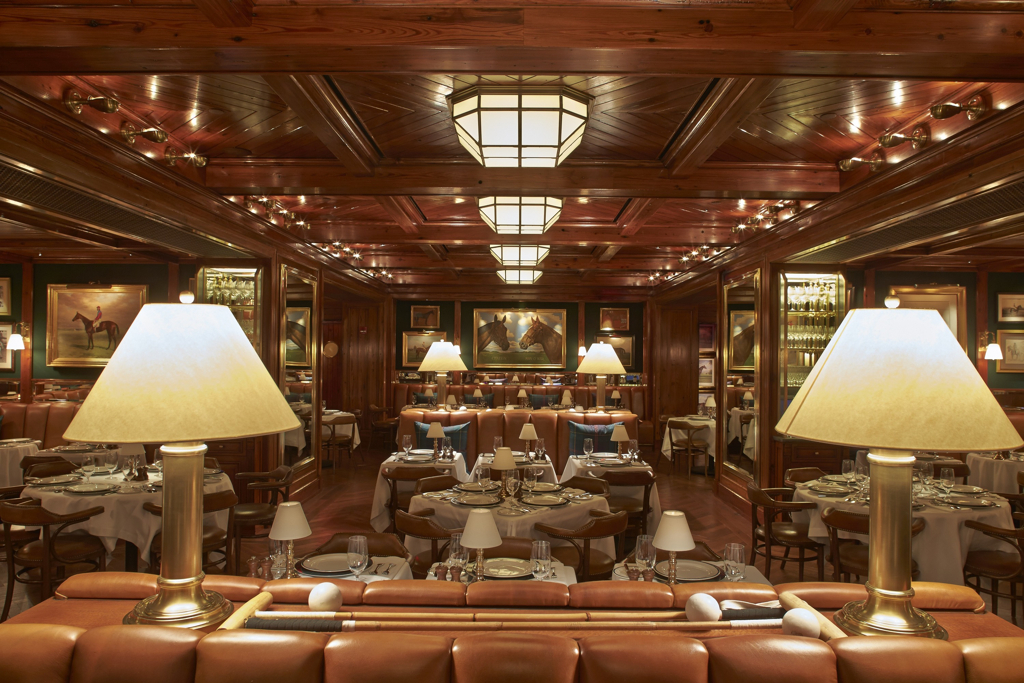The Problem With Ralph Lauren
If you were asked to name one brand that represents luxurious American style above all others, chances are quite good that it would be Ralph Lauren. Both the man and his global company are iconic with a vision that largely shaped the modern perception of what a lifestyle brand is and what it can become when honed relentlessly over half a century. But as ubiquitous as the name is, the past few years have revealed internal tumult, which has highlighted deeper issues within the business and also demonstrated the consequences of a larger cultural shift the storied house is still trying to navigate.
Earlier this year, Stefan Larsson, the first person to ever hold the position as CEO of Ralph Lauren other than Ralph himself, departed the company after little more than a year amidst rumors of tension with the founder. Larsson implemented the much publicized Way Forward Plan designed to streamline what was deemed a bloated infrastructure that was consuming far too much money to operate given shrinking revenues--jobs were cut, stores were closed and insiders hoped for the best. The news of his premature dismissal caused a notable drop in the value of RL stock and presaged additional rounds of layoffs that happened throughout the company. It also perpetuated the closing of more stores, including the flagship Polo store on 5th Ave. in Manhattan. Since, sales have continued to slump, the value of RL stock is tepid and the installation of a new CEO isn’t necessarily cause for celebration.
So how did one of the world’s greatest brands with a reputation as a training ground for leadership within the fashion industry and beyond manage to get itself into such dire straits?
The answer is multifaceted, but it can be traced back to one fundamental problem that will take Herculean strength to rectify: The RL ethos with the aesthetic currently presented is simply out of sync with the spirit of today. Yes, the candy-colored polos will continue to rake in cash from around the world and yes, brand offshoots like The Polo Bar will continue to have healthy reservation schedules, but the brand still has its roots in the heady 1980s when it came into its own and, to some degree, it has remained stuck there. Until the past couple of seasons, even the major advertising campaigns had flowing cursive font and rustic estate backdrops with polished vintage cars in the foreground much as they had decades ago. The look, in essence, is a fetishized version of lavish aristocratic lifestyles as envisioned by Mr. Lauren.
Grand displays of inheritance and imagery suggesting summers by the cape traveling by yacht not only seem out of touch but downright distasteful during a time of such economic inequality. If you’re going to be blatantly moneyed, why not buy something with a sense of joie de vivre like the magpie beauties coming out of Gucci that don’t take themselves quite so seriously? Projecting a serious attitude isn’t in any way a bad thing, but it is difficult to strike the correct tone when one company sells products at such vastly different price points under different labels (Collection vs Polo Denim). The countless product levels are impressive in range but seem to fight against the whole, as so many can no longer compete after the advent of countless outside brands that offer stylish clothes at more bearable prices. They pander to everyone without attracting or understanding anyone. Despite its overall conservatism, the brand has had more than its fair share of forward-thinking moments that could hint at a way to steer the ship on a healthier course.
Though race in fashion has always been a contentious issue, Ralph Lauren advertisements and runways have been among the most inclusive in the industry. Famous model Tyson Beckford has long been a brand favorite and the brilliance of Ralph to show him, an athletic black man, in rarefied settings over dozens of projects as he sports the trappings of Ivy Leaguers, is the kind of thing still nearly impossible to find in contemporary fashion photography. It subverts stereotypes in a way that is simultaneously genius and so obvious you can’t help but wonder why no else seems to have followed suit. The aforementioned Polo Bar is another bold, open-minded example of how Mr. Lauren knows how to expertly translate his worldview to sites that extend beyond mere shops and excite crowds with a perfectly edited experience.
If Ralph Lauren can live up to these groundbreaking elements of its legacy going forward, there could be no stopping its renewed ascent.
Written by Martin Lerma




